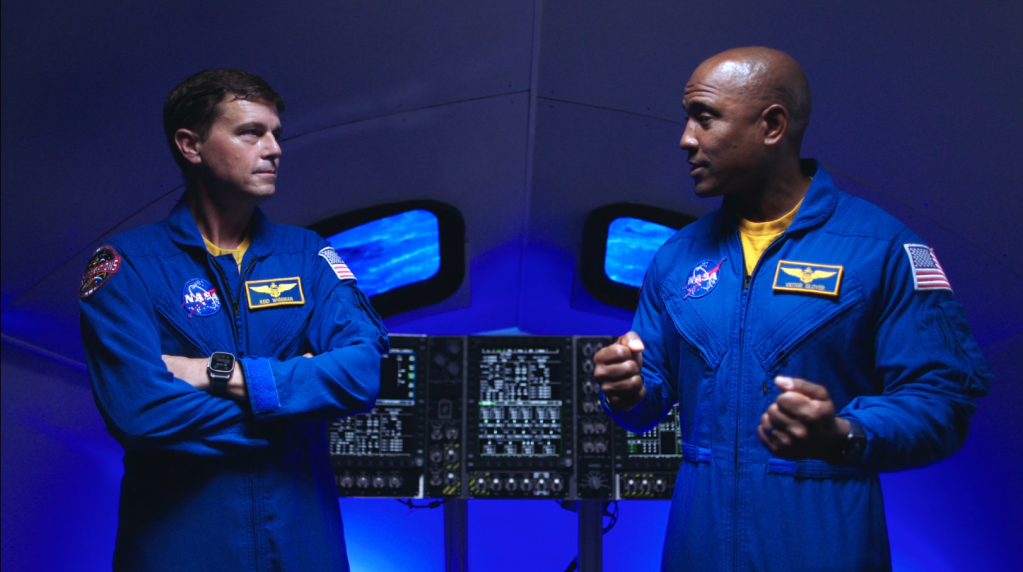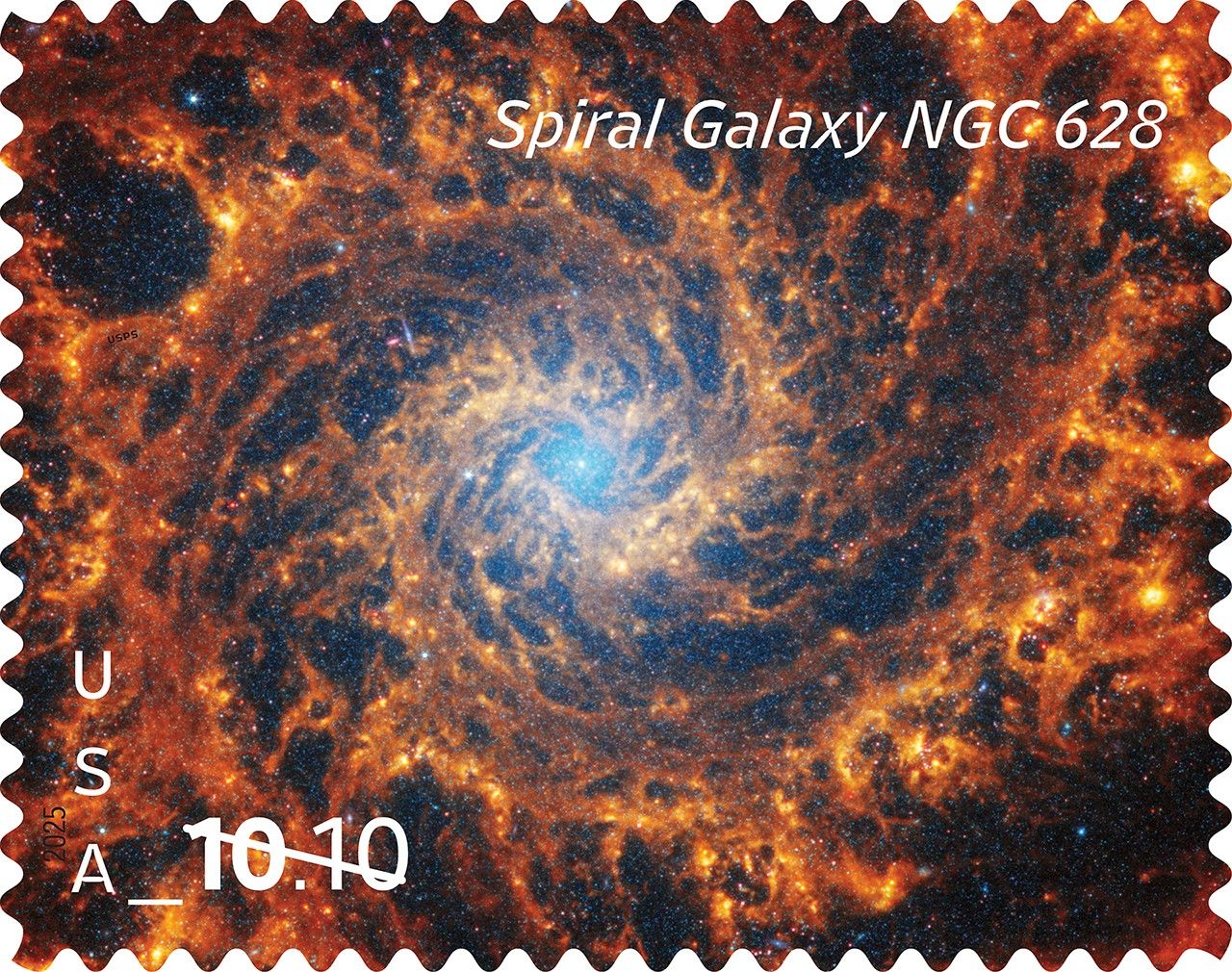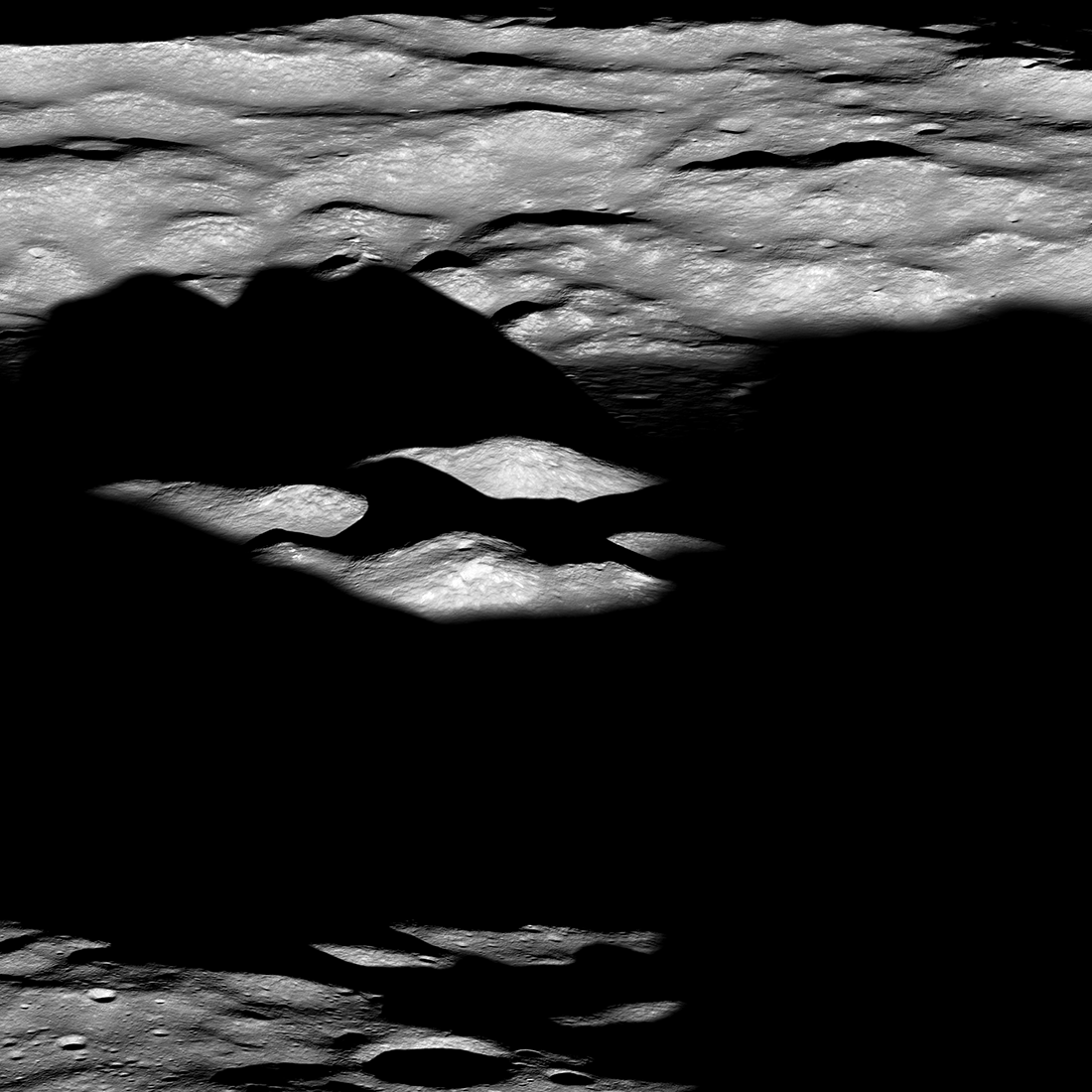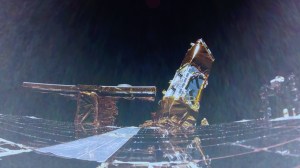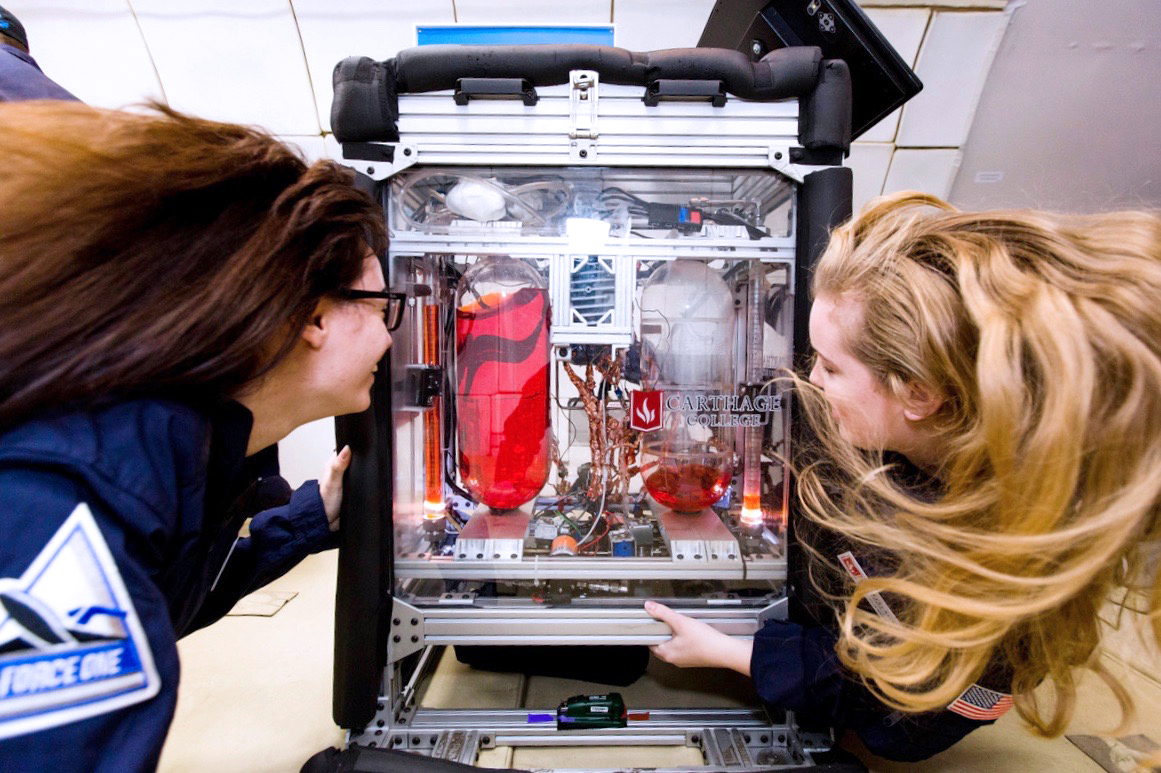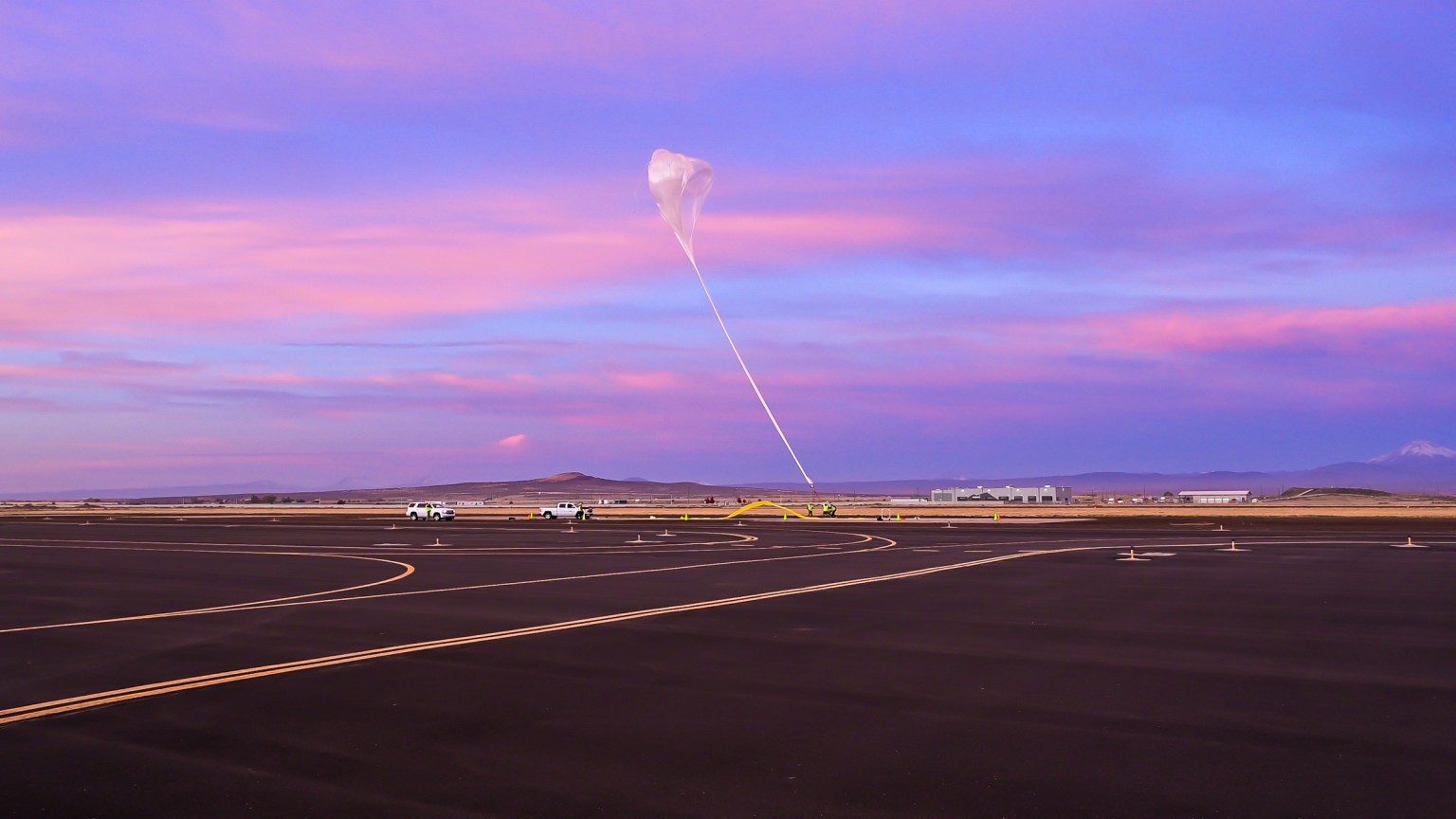NASA has named three winners in the agency’s second TechLeap Prize competition, whose results could have important implications for future space exploration missions.
NASA’s Flight Opportunities program conducted the challenge, Nighttime Precision Landing Challenge No. 1, with the aim of enabling the agency to identify low-cost sensing systems that can map terrain in the dark from an altitude of 250 meters or higher. Such technology will be critical for future space exploration, which will require spacecraft of various sizes to land routinely and precisely in challenging terrain, such as the rocky and often dark or shadowed areas of the Moon’s cratered surface. Many of these areas are of great scientific interest as they may contain water ice – one of the Moon’s most valuable resources. Through the TechLeap Prize, NASA seeks to optimize precision landing capabilities with affordable, energy efficient technologies that deliver spacecraft to safe landing locations for lunar and planetary missions.
The winning teams have been awarded an initial $200,000 prize to help mature their technology, with the opportunity for each to win up to a total of $650,000 in prizes as well as a suborbital flight test on a commercial rocket-powered landing vehicle.
The winners of the competition are:
The Bronco Space Club at Cal Poly Pomona (Pomona, California): The team’s technology leverages a light projector to project a grid of reflective points visible to a camera, creating an initial geometry map. The system then uses light detection and ranging (lidar) along with advances in computer vision, machine learning, robotics, and computing to generate a map that reconstructs lunar terrain.
Falcon ExoDynamics Inc. (El Segundo, California): The company’s integrated sensing system leverages a high-resolution camera, a floodlight, a small gimbal, and a graphics processing unit to perform sensing of terrain in the dark.
University of South Florida Institute of Applied Engineering Inc. (Tampa, Florida): The institute’s solution uses commercial-off-the-shelf lidar sensors and simultaneous mapping algorithms to form a complete topographical map of a given search area.
“Sensor approaches that enable mapping of dark and/or shadowed locations of moons or planets are critical to several envisioned future NASA missions,” said Dr. John M. Carson III, who serves as technology integration manager for precision landing within NASA’s Space Technology Mission Directorate and is based at NASA’s Johnson Space Center in Houston. “The incubation of concepts across industry and academia provides a valuable means for NASA to identify and mature the best technologies that could be infused into these missions. We are very excited about the diversity of approaches that have been selected from the three winners, and we look forward to monitoring the progress of each one through the Nighttime Precision Landing Challenge No. 1.”
TechLeap’s competition format allows NASA to select winners and flight test their technologies in less than a year. Each of the winning teams will have the opportunity to assess the performance of their systems on a suborbital rocket-powered lander flight. The lander will fly over a lunar surface test field at nighttime to simulate landing conditions at tricky locations on the Moon.
“Competitions offer a powerful mechanism that allows us to rapidly identify and test unique solutions to some of the biggest challenges facing NASA and the commercial space industry,” said Danielle McCulloch, deputy program manager for Flight Opportunities. “Our priorities with the TechLeap Prize are speed and creativity, and the flexible nature of this challenge allows us to support out-of-the-box innovations that could significantly advance precision landing capabilities.”
Flight Opportunities, part of the agency’s Space Technology Mission Directorate (STMD), helps a wide range of space technologies reach maturity more quickly by testing them on commercial suborbital flights. These tests often provide critical data and insight into how a technology is expected to perform in its intended space environment and help reduce risk prior to much more costly orbital missions.
NASA plans to conduct additional challenges as part of the TechLeap Prize. Visit the TechLeap Prize website for more information, including details about future challenges.
***
The Flight Opportunities program is managed at NASA’s Armstrong Flight Research Center in Edwards, California.
The NASA Tournament Lab, part of STMD’s Prizes, Challenges, and Crowdsourcing program, is managing the TechLeap challenge. The program supports public competitions and crowdsourcing as tools to advance NASA research and development and other mission needs. The challenge is administered by Carrot.
Elizabeth DiVito
Armstrong Flight Research Center




